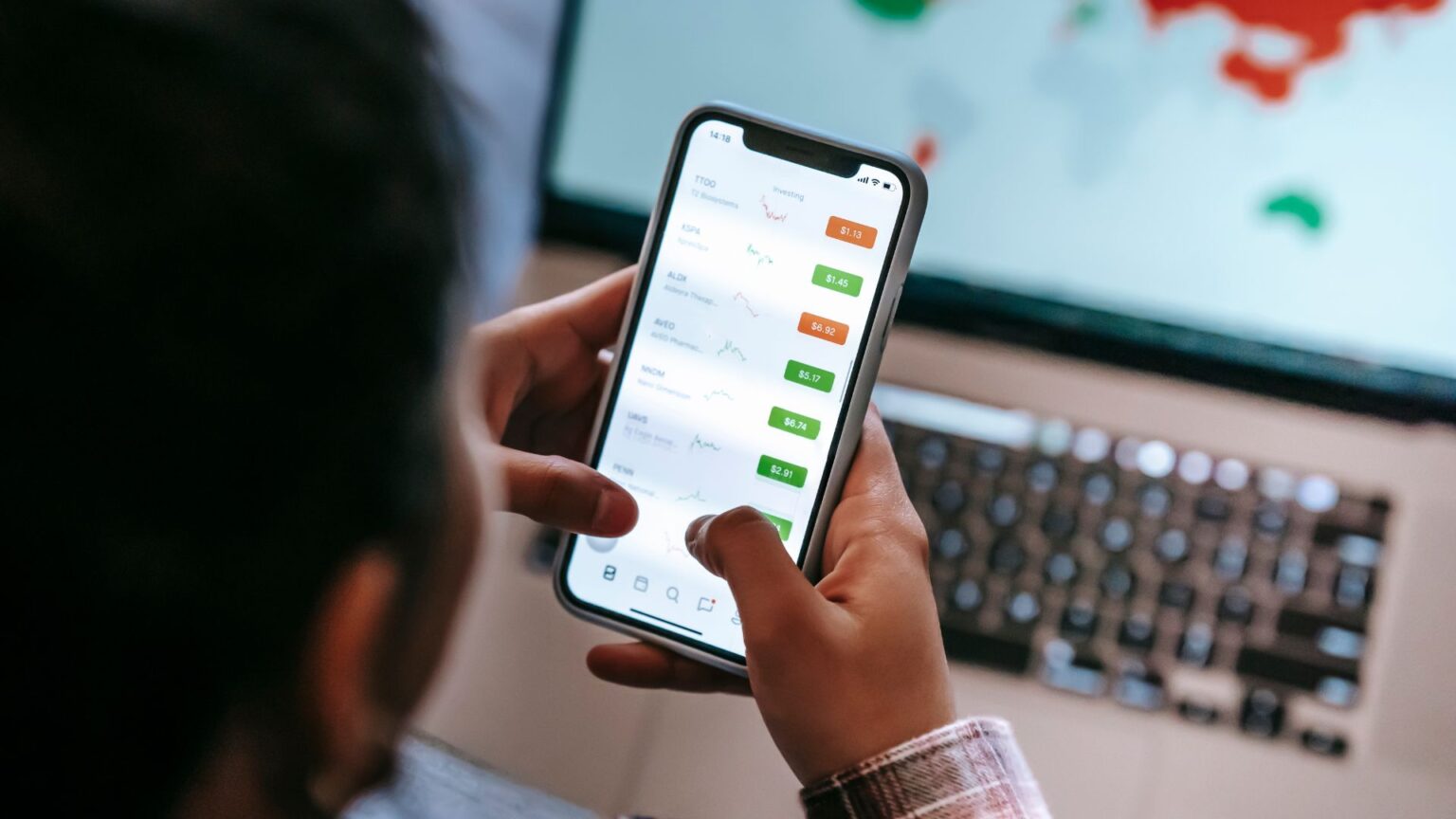Forex trading, the exchange of one currency for another, has become increasingly accessible and popular among beginners looking to grow a small initial investment. With the right approach, it’s possible to start trading with as little as $100. This guide will walk you through the basics of forex trading, including setting up an account, using leverage, and developing strategies to make the most of your initial investment.
To access exclusive forex trading signals, in-depth market analysis, and a community of expert traders, check out the EPIQ Trading Floor for a 3-day free trial!
Understanding Forex Trading
Forex trading involves buying and selling currencies in pairs, meaning you’re always speculating on the value of one currency relative to another. The forex market operates 24 hours a day, five days a week, making it an accessible and flexible option for traders around the globe.
For beginners, understanding forex market terminology, trends, and factors influencing currency prices is essential. You’ll need to know about pips, currency pairs, spreads, leverage, and risk management to get started on the right foot.
Why Start with $100?
Starting with $100 allows you to enter the market without risking large amounts of money. While it won’t make you an overnight millionaire, a small initial investment helps you learn the ropes, refine your strategies, and build trading discipline. Many brokers offer “micro accounts,” allowing you to trade smaller lot sizes, which can help you gain experience while minimizing potential losses.
Choosing a Forex Broker
The first step to starting forex trading is selecting a reputable broker. Here are some factors to consider:
- Account Types: Look for brokers offering micro accounts suitable for smaller investments.
- Leverage Options: Many brokers offer leverage, enabling you to control larger positions with a smaller amount of capital. While leverage can amplify gains, it also increases risk, so use it cautiously.
- Trading Platform: Choose a broker with an easy-to-use, reliable trading platform that offers essential tools and resources.
- Regulation: Select a broker regulated by a recognized financial authority, such as the FCA, CFTC, or ASIC, for security and transparency.
Many brokers also offer demo accounts, allowing you to practice trading strategies without risking real money.
Setting Up Your First Trade
With your account funded, it’s time to make your first trade. Here’s how to get started with a $100 investment.
1. Choose a Currency Pair
Currency pairs are categorized into major, minor, and exotic pairs. For beginners, trading major pairs like EUR/USD or USD/JPY is often recommended due to their higher liquidity and relatively lower volatility.
2. Use Leverage Wisely
Leverage allows you to control a larger trading position with a small capital investment. However, leverage is a double-edged sword—while it can amplify profits, it can also lead to significant losses. For beginners, it’s often recommended to keep leverage at a conservative level (e.g., 5:1 or 10:1) to reduce risk.
3. Set a Stop-Loss
A stop-loss order automatically closes your position if the market moves against you, limiting potential losses. This is essential for risk management and helps prevent your account from being wiped out on a single trade.
4. Monitor the Trade and Take Profit
For beginners, setting a “take-profit” level can help you secure gains and avoid emotional decision-making. Review your position as it progresses, and be prepared to adjust your plan based on market movements and news.
Basic Forex Strategies for Beginners
Here are a few strategies that can help beginners start with $100:
1. Trend Following
This strategy involves identifying the direction of the overall trend and trading in the same direction. Using indicators like moving averages can help confirm trend strength and entry points.
2. Breakout Trading
Breakout trading seeks to enter a trade when the price breaks through a significant level of support or resistance. This method works best in volatile markets and can provide clear entry and exit points.
3. Scalping
Scalping involves making multiple small trades to profit from tiny price changes. This strategy requires quick reflexes and consistent monitoring, making it more suitable for experienced traders, though beginners can start by practicing on demo accounts.
4. Swing Trading
Swing trading involves holding positions for a few days to capture price “swings.” It requires less time and is more accessible to those who can’t monitor the market continuously.
Risk Management Tips for Small Accounts
Managing risk is essential, especially when trading with a small account balance. Here are some key tips:
- Never Risk More Than 1-2% Per Trade: By limiting your risk on each trade, you protect your account from significant losses.
- Use Stop-Losses Consistently: Implement stop-loss orders on every trade to cap potential losses.
- Avoid Overleveraging: Stick to lower leverage levels to control risk.
- Diversify Your Trades: Don’t put all your capital into one trade or one currency pair. Spread out your trades to manage exposure and reduce risk.
For access to professional risk management strategies and expert trading tools, check out EPIQ Trading Floor and start with a free 3-day trial.
Final Thoughts: Is Forex Trading with $100 Right for You?
Forex trading with $100 is achievable, but it requires patience, discipline, and a commitment to learning. With the right strategies, broker, and risk management in place, it’s possible to build a strong foundation and grow your account over time. Remember, trading with a small account won’t yield massive profits right away, but it’s an excellent way to start building trading skills and experience.
If you’re ready to take your trading to the next level, join our community at EPIQ Trading Floor for professional signals, in-depth analysis, and a supportive network of traders to help you on your journey.
Disclaimer
This content is for informational purposes only and does not constitute financial advice. Please conduct thorough research and consider your risk tolerance before entering the forex market.










Responses